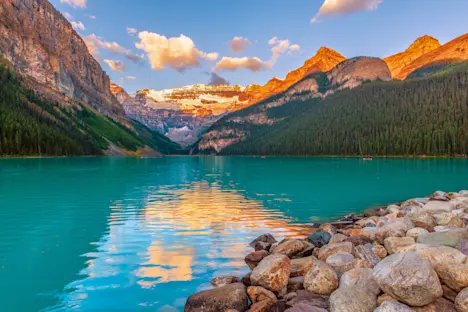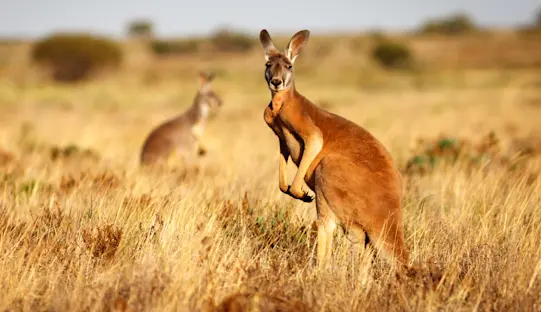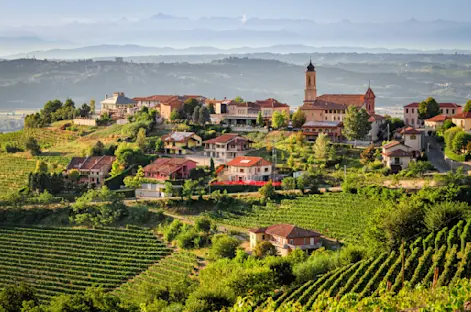Itinerary
The following itinerary is a sample. To customize this itinerary to your wishes and preferences, please contact one of our Adventure Specialists at 800-543-8917.
Arrive in Dar es Salaam, whose name means "haven of peace" in Arabic. Tanzania’s largest city is also its commercial capital and East Africa’s most important port. Founded as a fishing village in 1862 by a sultan from Zanzibar, Dar today reflects a succession of Arab, German, British and Indian influences coloring its native African heritage. Travelers will enjoy its scenic harbor, sandy beaches and historic buildings.
Fly from Dar es Salaam to the Selous Game Reserve this morning. A wildlife drive from the airstrip en route to Sand Rivers Selous camp introduces you to the diverse habitats of this immense park. These languid environs, set on a coastal plateau cut by wet and dry rivers, teem with wildlife. Tanzania’s biggest elephant herds—more than 13,000—live in the Selous. Also resident are tens of thousands of Cape buffalo and Tanzania’s largest black rhinoceros population. In this unusual safari environment of Borassus palms, lagoons, sandbanks and volcanic hot springs, keep an eye out, too, for cheetah, lion, giraffe, and wild dog—one-third of the world’s population is found in the Selous. Interesting ungulates such as sable antelope and Lichtenstein’s hartebeest, greater kudu, eland and Nyassa wildebeest occur in dense numbers, along with impala. Our camp provides the perfect base from which to explore—eight unobtrusive stone and thatch cottages on raised decks overlooking the wide expanse of river and sand channels. This evening, take a short sundowner boat trip up river before a candelight dinner.
Four times the size of the Serengeti, little-known Selous is Africa’s largest expanse of uninhabited land, with ecological systems that remain largely intact. This UNESCO World Heritage Site encompasses 20,000 square miles of raw wilderness, and you'll discover a thrilling slice of it as you explore by vehicle, boat and on foot. In addition to morning and evening drives in open 4x4s, walking safaris take notice of the smaller things a vehicle doesn’t allow one to see and are the least obtrusive way to approach elephants. Boating safaris on the Rufiji River reveal massive numbers of hippo and crocodile. An array of birdlife, including the threatened wattled crane, animates the marshes of the Rufiji Delta, a green maze of channels and grassy islands created by the shifting river as it flows to the Indian Ocean. Here in the thick riverine bush and secluded floodplains, look for vast flocks of great white pelicans in dwindling pools, wallowing families of elephants, animated colobus monkeys, and prides of lion sleeping off a meal. You'll also have a chance to whiz up river by boat to Stiegler's Gorge, with a chance to try some fishing.
Following a morning wildlife drive en route to the airstrip, board your plane plane to Ruaha, Tanzania’s largest national park and safari frontier. Ruaha’s unparalleled combination of epic vistas and animal variety ensure its status as one of Africa’s premier safari spots, yet its remote location sees few tourists, guaranteeing an exclusive safari experience. Ruaha’s location straddling two distinct vegetation zones that mark the transition between eastern and southern Africa attracts a great variety of wildlife. The great Ruaha River is the green lifeline through the park, the only permanent water source that supports huge herds of big game and predators—some 10 percent of the world’s lions hunt here. Our safari camp, just six tents isolated near the Mwagusi Sand River in the core of the park, offers superb comfort within an utterly primal experience of the wilderness.
Like other large parks in western and southern Tanzania, Ruaha is one part of a vast ecosystem mosaic. Its surroundings include the Rungwa Game Reserve and several other protected wildlife areas, with little human impact and a very rich wildlife population. Our main safari focus is morning and afternoon wildlife drives in open 4x4 vehicles, scouting for big herds of buffalo and elephant that are found here in denser concentrations than anywhere else in East Africa. You may spot rarer species, too, such as greater and lesser kudu, roan and sable antelope that inhabit the Miombo woodlands. Lion, leopard, cheetah, jackal, bat-eared fox and African wild dog stalk the hoofed game. Rarely, however, do we meet other vehicles in this little-explored landscape. You’ll also take night drives and nature walks with rangers and trackers, perfect opportunities for birdwatching. The park abounds with birdlife; 571 recorded species include migrants from as far away as Europe, Asia, Australia and Madagascar. Just a few of the species commonly seen are Ruaha red-billed hornbill, many kingfishers and sunbirds.
Fly this morning to Katavi National Park in far southwest Tanzania. While East African safaris to better-known destinations have grown in popularity in recent years, remote Katavi remains largely as it was a century ago—magically wild and untouched. The park typically sees fewer than a thousand visitors in a year. Here on these vast grass-covered floodplains there’s a deeply moving sense of being completely alone, but for the land's wild inhabitants. Animals that might take flight at the sound of a vehicle elsewhere are undisturbed in Katavi. Our safari camp is located on the edge of the wide Chada plain, where some of Africa’s largest herds of Cape buffalo roam, trailed by lion, leopard and hyena. Shaded by a canopy of acacia and tamarind trees and merging seamlessly with its environment, this simple camp of just six tents offers guests a full panorama on the tableau of passing wildlife. Game continually moves in and out of camp, and exciting sightings are possible without ever leaving the solitude of your own veranda. Elephants are frequent visitors, drawn to the same shady fruit trees.
A network of seasonal rivers attracts a plethora of game during the dry season, with buffalo and elephant present in tremendous numbers. Elusive populations of eland, sable and roan antelope roam the plains while giraffe, zebra, impala and reedbuck graze in abundance, providing a ready source of sustenance for numerous prides of lion and packs of spotted hyena. We observe them on all-day wildlife drives in open 4x4 vehicles, along with Tanzania's densest populations of hippo and crocodile. Crocodiles hide in caves in the mud walls of the riverbanks while hippos by the thousands crowd pools and channels—sometimes as many as 200 individuals may gather in a single riverine mud hole, prompting noisy rivalry among the males in close proximity. Shaded by a canopy of acacia and tamarind trees, our camp offers the ultimate peaceful retreat as we return from our exhilarating safari outings.
After more wildlife viewing on your drive to the airstrip, a late-morning flight returns you to Dar es Salaam, with time to relax in a day room prior to transferring to the airport for flights home.
Physical Rating: Easy
Interested in adding a few days to your trip? See our extensions:
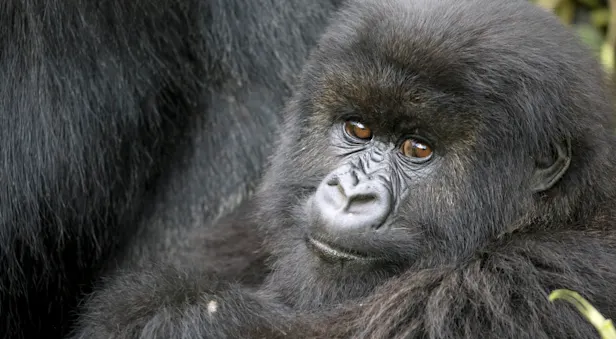
Uganda Mountain Gorilla Extension
On a 5-day safari extension in the rainforests of Uganda, track endangered mountain gorillas on one of the world's most moving and heartwarming wildlife adventures.

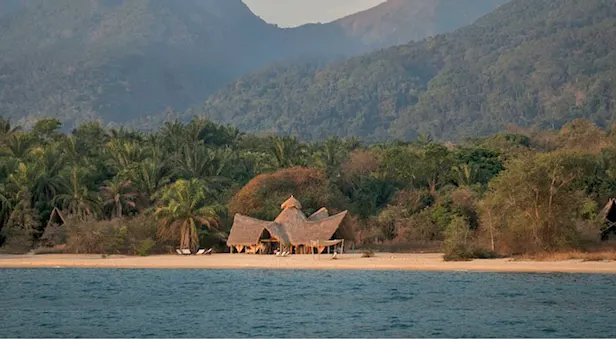
The Chimpanzees of Greystoke Mahale
Discover some of the world’s last wild chimpanzees. Lake Tanganyika’s remote beaches and lush mountain peaks provide a serene backdrop for a singular primate encounter in Tanzania’s Mahale Mountains.







